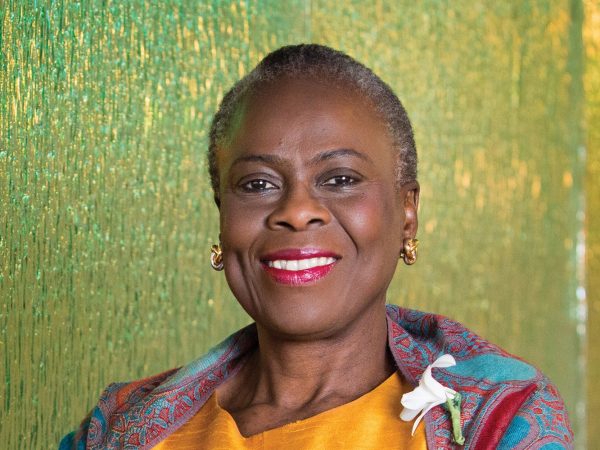Breast Cancer

There are a number of different types of breast cancer. The most common form of breast cancer is ductal carcinoma, which begins in the cells of the ducts that transport milk to the nipple. Cancer that begins in the milk-producing lobes or lobules is called lobular carcinoma and is more often found in both breasts than other types of breast cancer. Inflammatory breast cancer is an uncommon type of breast cancer in which the breast is warm, red, and swollen.
Ductal carcinoma and lobular carcinoma can be confined to a single duct or lobule, called ductal carcinoma in situ (DCIS) and lobular carcinoma in situ (LCIS), respectively, or they can be invasive, having spread to other tissues in the breast. Breast cancers are often classified based on the expression of hormone receptors and the growth factor receptor HER2 which can drive cancer growth and direct treatment options. If a breast cancer tests negative for hormone receptors and HER2 overexpression, it is often called triple negative breast cancer (TNBC), a subtype generally associated with worse prognosis.
Hereditary breast cancer makes up 5% to 10% of all breast cancer diagnoses. Women who have certain gene mutations, such as a BRCA1 or BRCA2 mutation, have an increased risk of developing breast cancer and are also at increased risk of ovarian cancer. Other risk factors include a personal or family history of breast cancer, dense breast tissue, starting menstruation at an early age, starting menopause or having children at a later age, drinking alcohol, obesity, and certain medications to ease the symptoms of menopause.
Approximately 310,720 women in the United States were diagnosed with breast cancer in 2024, and 42,250 died of the disease, according to the National Cancer Institute. From 2014 to 2020, the five-year survival rate for women diagnosed with breast cancer was 91.2%.
Men can also develop breast cancer, with 2,790 cases and 530 deaths estimated to occur among men in 2024. BRCA2 mutations, radiation exposure, high levels of estrogen, and a family history of breast cancer can increase a man’s risk of the disease.
Breast Cancer Prevention (PDQ®) Breast Cancer Screening (PDQ®) Breast Cancer Treatment (PDQ®) Breast Cancer Treatment During Pregnancy (PDQ®)Source: National Cancer Institute



